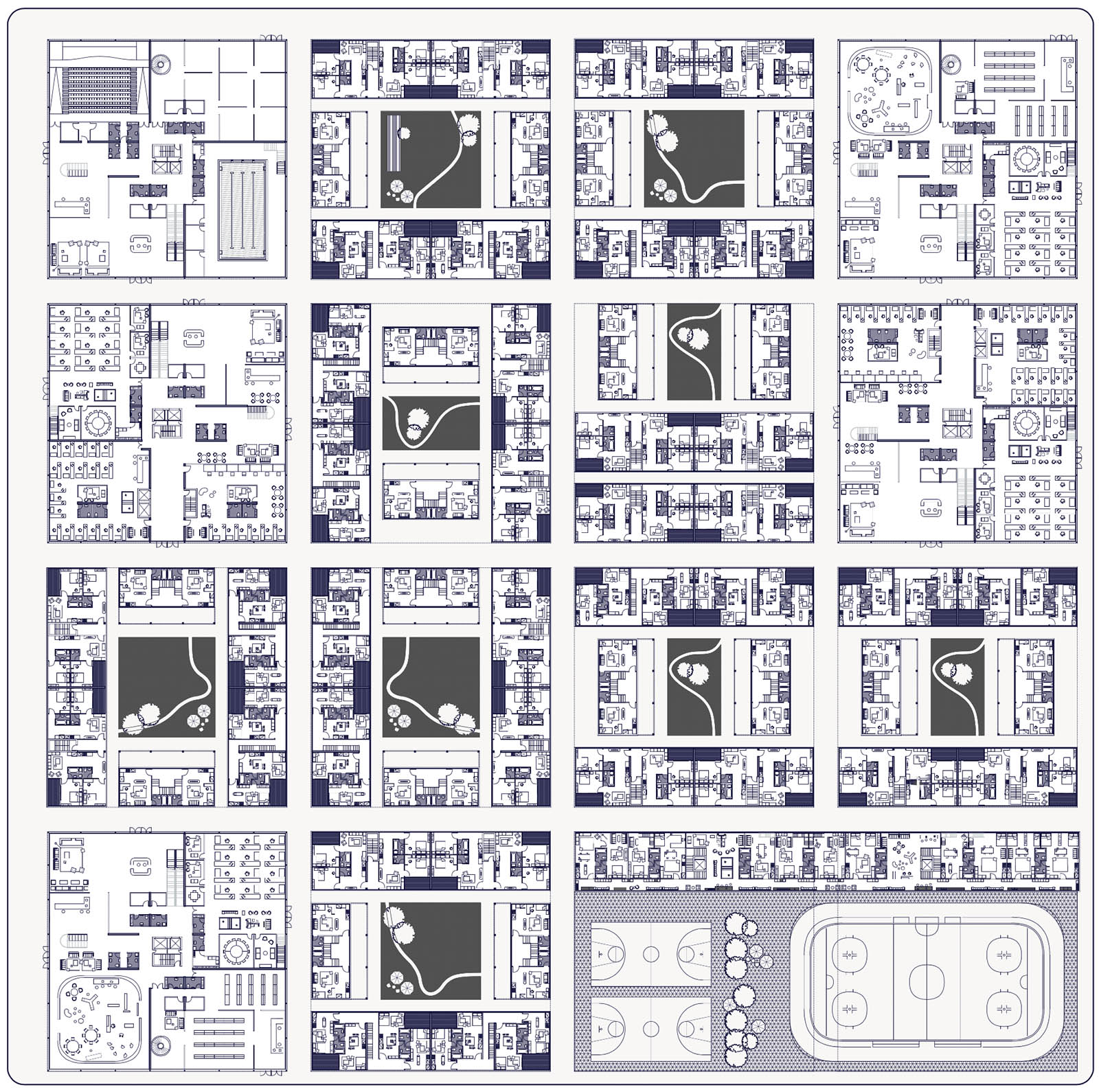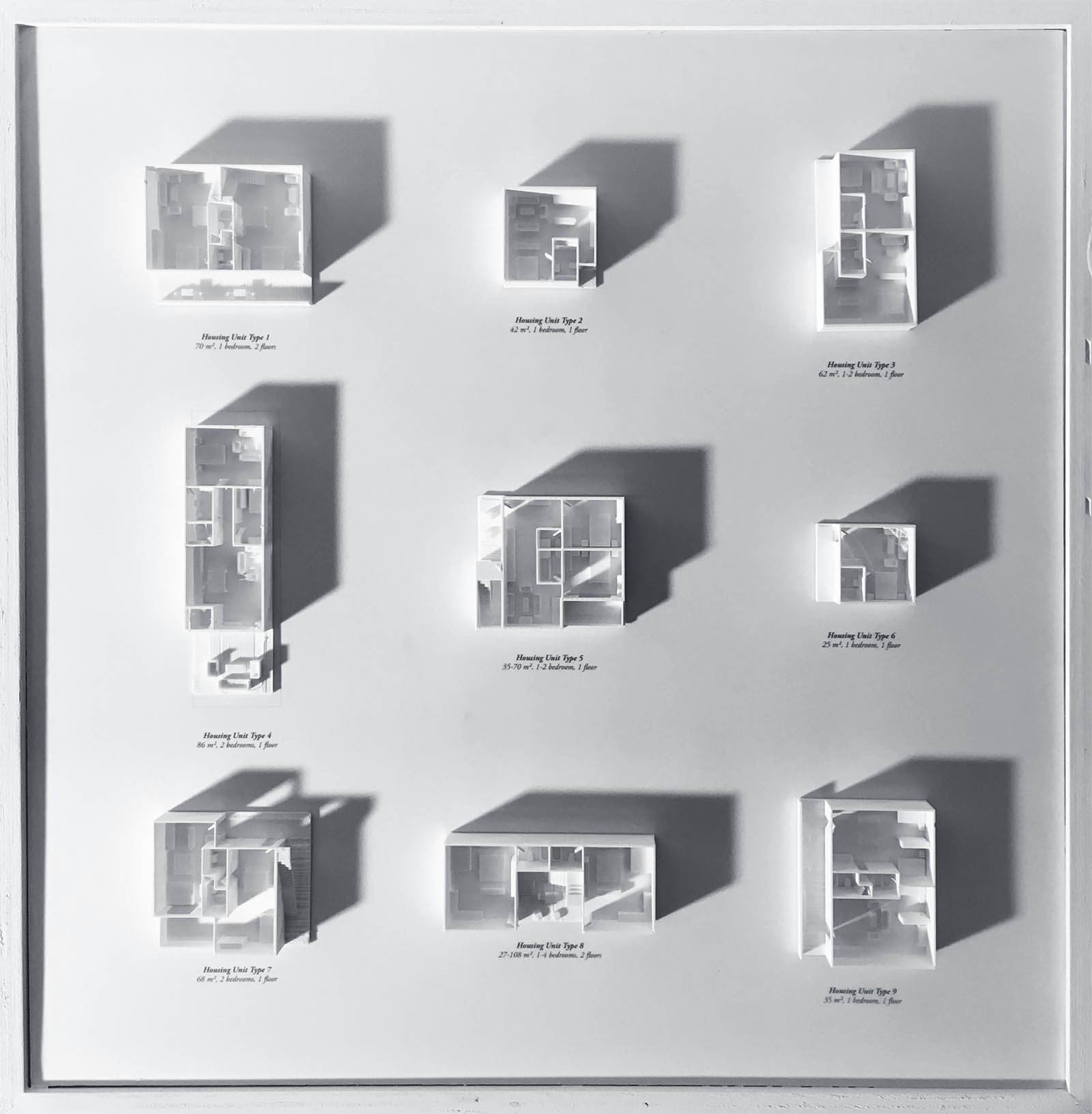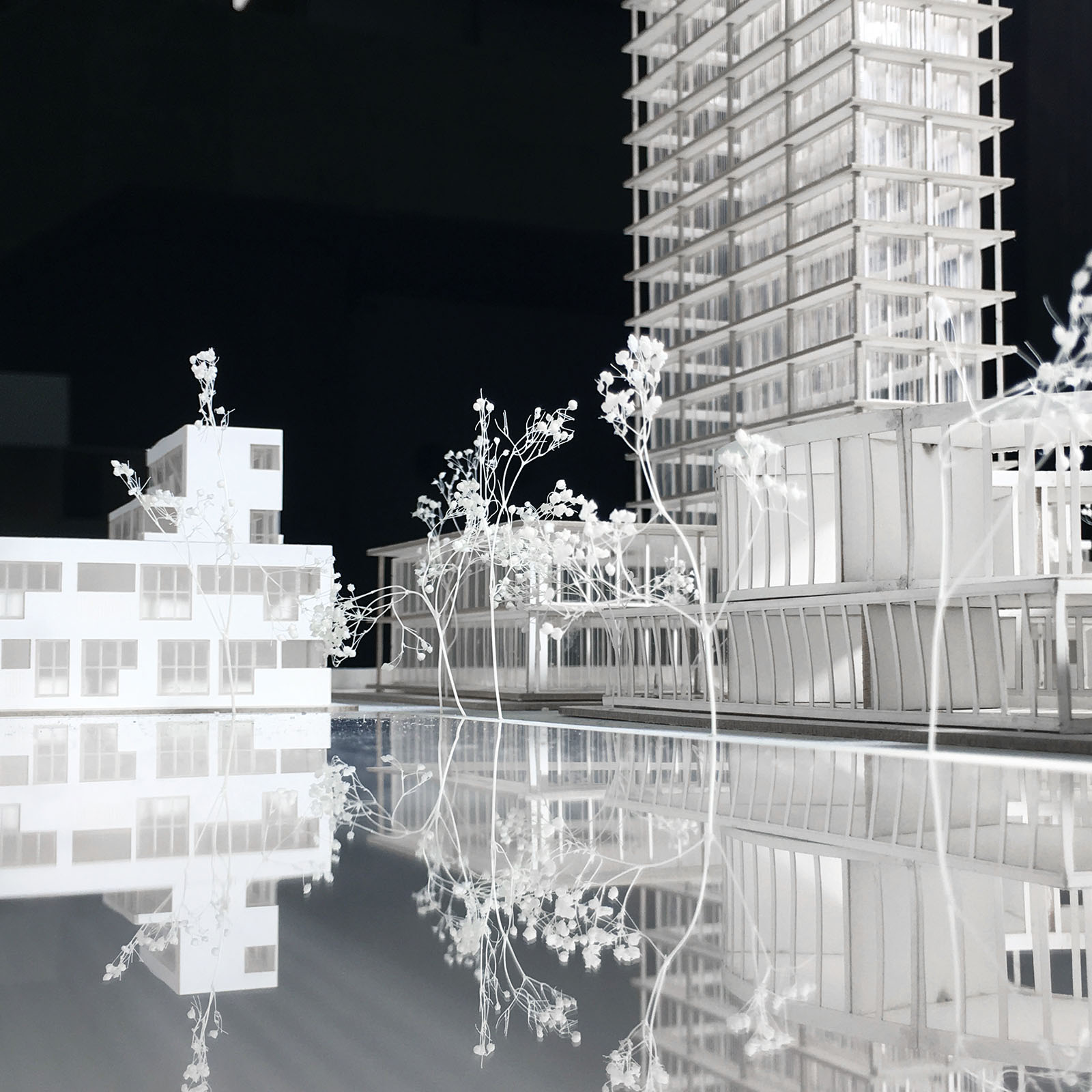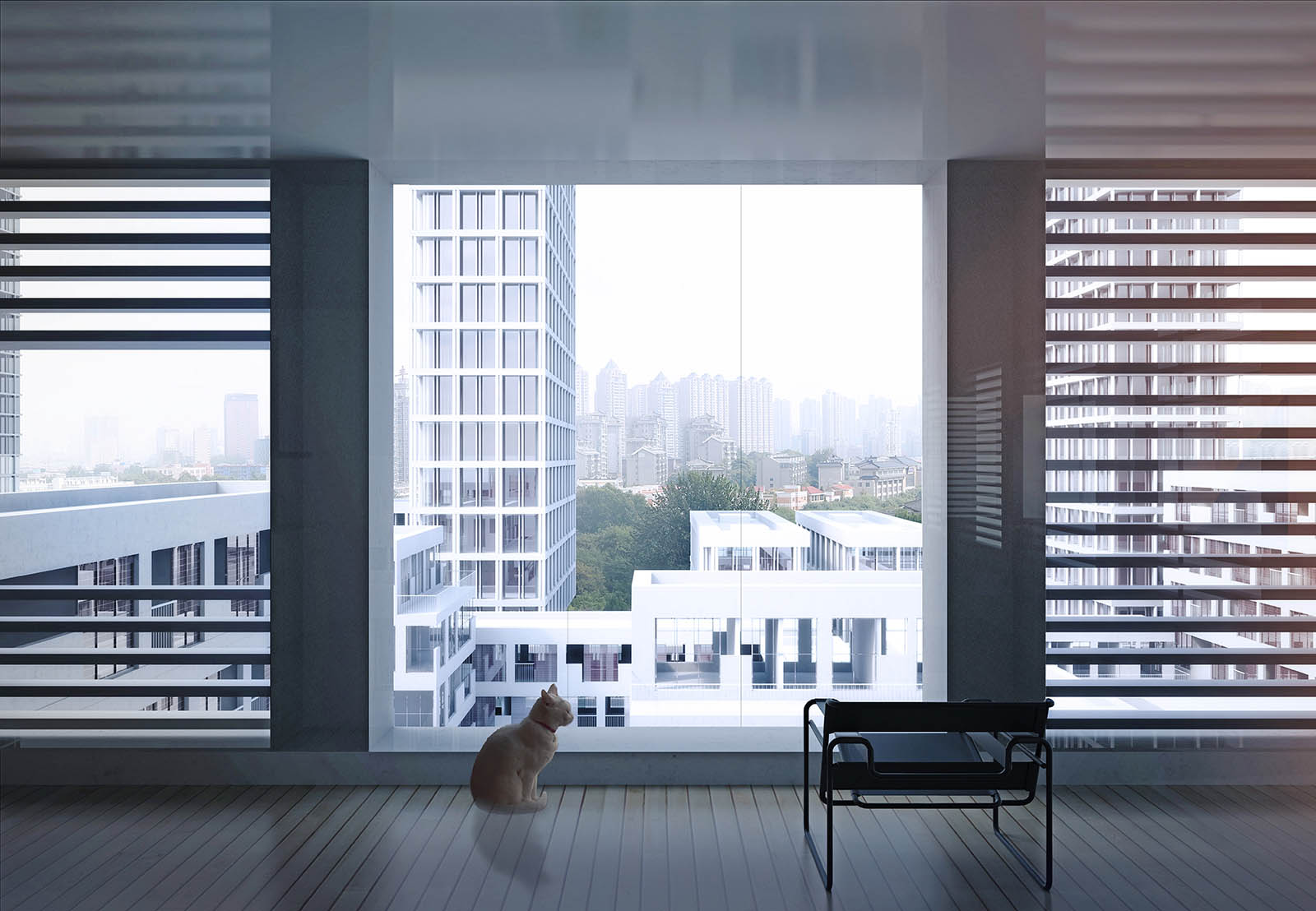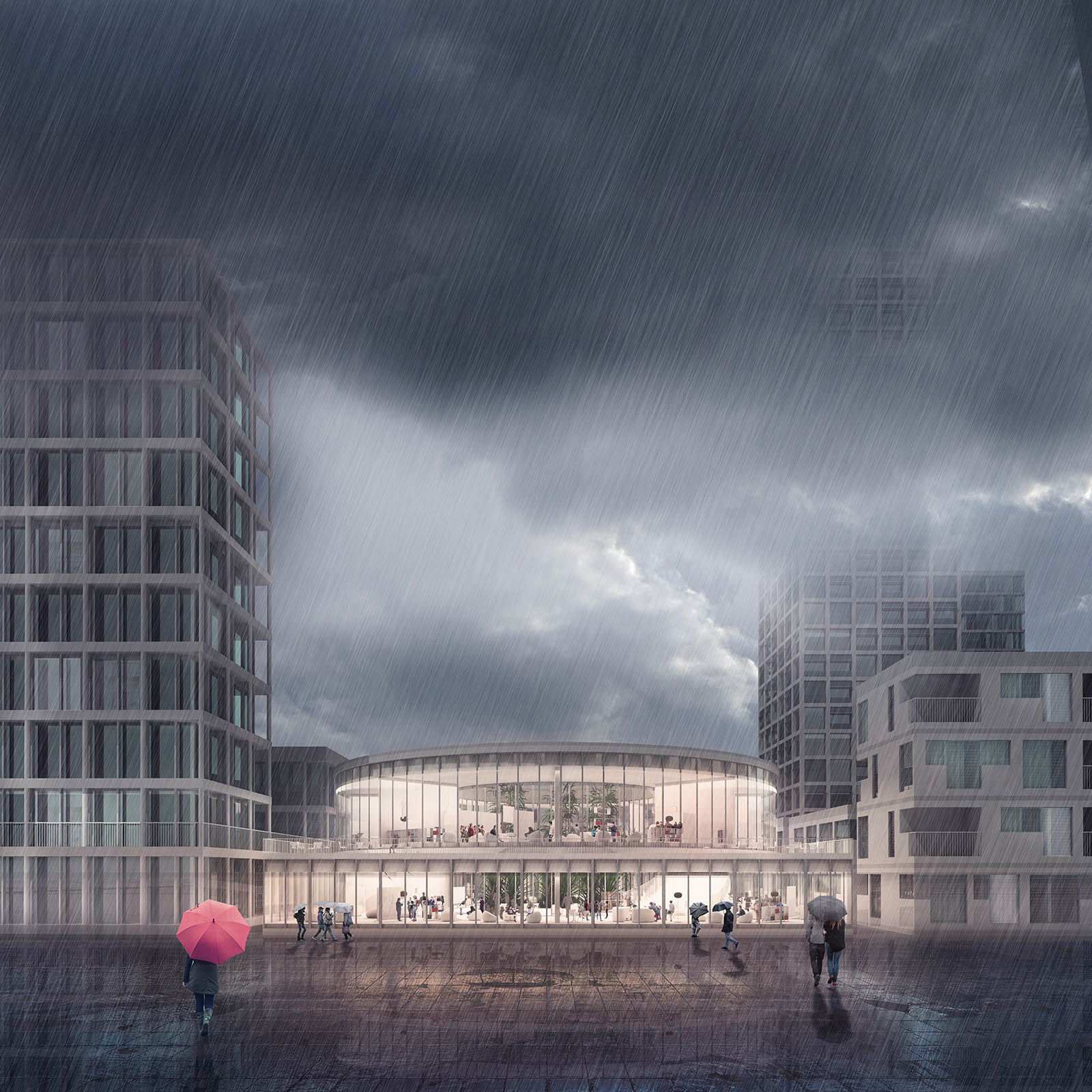The Chinese Block: Searching for A New Spatial Construct
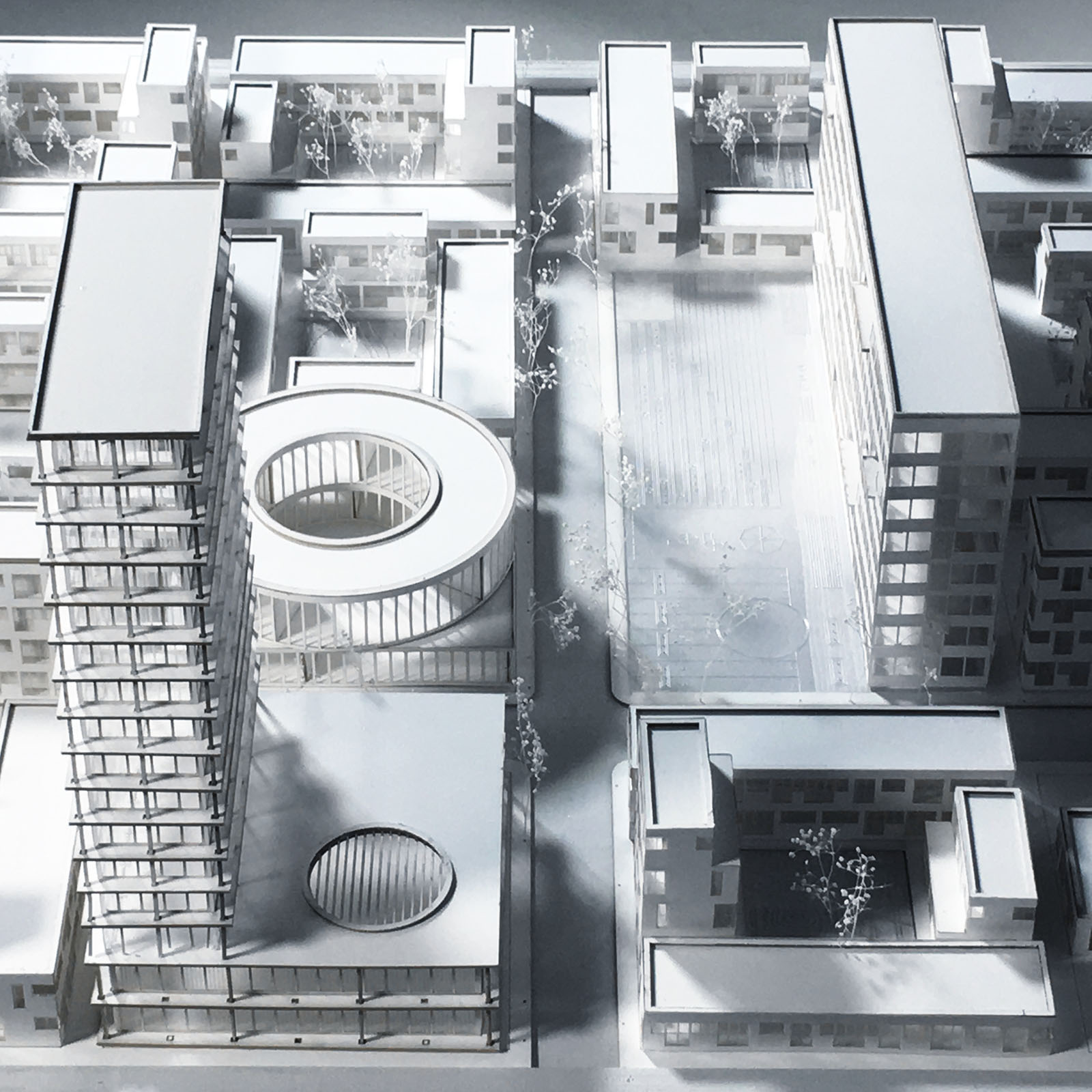
by Liang Wang (MAUD ’17) — Recipient of 2017 Urban Planning and Design Thesis Prize in Urban Planning
This thesis aims to renew the understanding of the Chinese Block and revitalize it through the agencies of inner city housing and a new spatial construct in the contemporary Chinese cities.
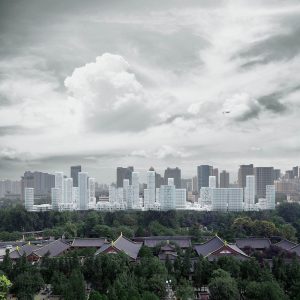
In doing so, the first part of this thesis attempts to define the idea of the Chinese Block. Through a taxonomic study of housing types and its embedded social structures, it begins with the revalidation of the historic interpretation of housing in relation with the urban block. Accordingly, the very essence of the Chinese Block is defined as both a framework for living spaces and a construct for socio-political ties.
This definition has also revealed two theoretical and practical problems when further examined under the context of contemporary Chinese cities: first, the absence of a spatial framework which can serve as a middle-scale mediator between the gigantic megaplots and the individual living spaces; second, the absence of a strong social tie which can forge the sense of community and social cohesion. These have further turned the urban block from a socio-spatial construct to a mono-functional container, and have led to many urban, social and environmental problems. As China is entering into the emerging period of redevelopment within existing urban circumstances, the need to re-address the issues of megaplots become significant. Particularly, such socio-functionally separated conditions in the tier-2,3,4 Chinese cities are affecting a much broader territory in terms of their urban and social development, which make such need even more imminent.
The second part of this thesis is an urban design project which seeks to test the hypothesis that is distilled from the analytical research and readapt it to specific urban conditions. The determination of Xi’an as a historic inquiry to the essence of the Chinese Block and the selection of design site reflects the theoretical concerns and the practical challenges, combining consideration of the process that affects the understanding of contemporary urbanization and housing production.
The urban design project has demonstrated the possibility of using multiple spatial types and block structures distilled from the analysis of the Chinese Block to discover a new spatial construct. By proposing a new type of inner city housing and open space structure as a collective spatial construct and a middle ground at the scale of the megaplot, the design project bridges the scale of megaplot and individual living through spatial configurations, and forges new social connections through programmatic re-organizations, and thus revitalizes the idea of the Chinese Block and re-connects domestic lives with the public city at large. Ultimately, along with the configuration of the design site which represents a typical second-tier Chinese city, this thesis also provides a replicable model that can be readapted into a wider range of contemporary Chinese cities, with its limits yet to be tested.
